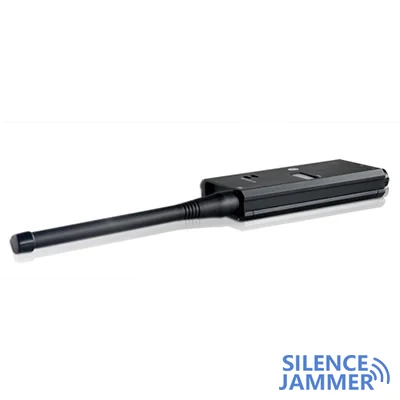In modern society, wireless signals are everywhere, from mobile phone signals, Wi-Fi to Bluetooth and GPS, our devices are constantly sending and receiving these signals every day. However, sometimes we need to shield these signals to protect privacy or prevent interference. A Faraday bag is such a tool. So, can a Faraday bag shield all types of wireless signals?
2. The shielding mechanism of a Faraday bag
The Faraday bag uses the Faraday cage effect. When you put a mobile phone or other electronic device into a Faraday bag and seal the bag, the conductive material inside the bag forms a small Faraday cage. This Faraday cage can reflect and absorb external electromagnetic waves, preventing them from entering the bag, and also preventing the signals inside the bag from propagating out.
3. What signals can a Faraday bag shield?
Faraday bags are designed to block various types of wireless signals. Here are some common wireless signals and how they are blocked:

Mobile phone signals
2G, 3G, 4G, 5G: Faraday bags can effectively block these mobile phone signals because they are all forms of electromagnetic waves that can be reflected or absorbed by conductive materials.
Calls and text messages: When a mobile phone is placed in a Faraday bag, call and text messages are blocked and the phone cannot receive or send any information.
Wi-Fi
2.4GHz and 5GHz bands: Faraday bags can block these two common Wi-Fi bands, making it impossible for devices to connect to wireless networks.
Bluetooth
2.4GHz band: Bluetooth signals are also in this band, and Faraday bags can also block Bluetooth signals, preventing wireless connections between devices.
GPS
Satellite signals: GPS signals come from satellites and are a type of electromagnetic wave. Faraday bags can effectively block these signals and prevent devices from obtaining location information.
NFC
Near field communication: NFC signals are used for short-range wireless communications, and Faraday bags can also block this signal, making it impossible for devices to make NFC payments or exchange data.
4. Limitations of Faraday Bags
Although Faraday bags can shield most wireless signals, they are not omnipotent. Here are some possible limitations:
Complete closure
The shielding effect of Faraday bags depends on their closure. If the opening of the bag is not completely sealed, electromagnetic waves may enter the bag through the gap, thus reducing the shielding effect. Therefore, when using a Faraday bag, make sure the bag opening is completely closed. If you want to completely interfere with the mobile phone signal in an area, it is better to use a cell phone jammer.
Materials and Design
The shielding effect of Faraday bags also depends on the conductivity and thickness of the materials used. Some low-quality Faraday bags may not effectively shield high-frequency signals. In addition, the design of the bag is also important, and double-layer or multi-layer designs usually provide better shielding effects.
Special signals
Some special signals may require specific shielding materials or designs. For example, high-frequency or low-frequency signals in certain military or scientific research applications may require special Faraday cages or shielding equipment.
5. Conclusion
In general, Faraday bags can effectively shield most common wireless signals, such as mobile phone signals, Wi-Fi, Bluetooth, and GPS. But its shielding effect depends on the materials, design, and how it is used. When choosing and using a Faraday bag, ensuring quality and closure is key. Whether it is protecting privacy, information security, or preventing signal interference, Faraday bags can play an important role.


